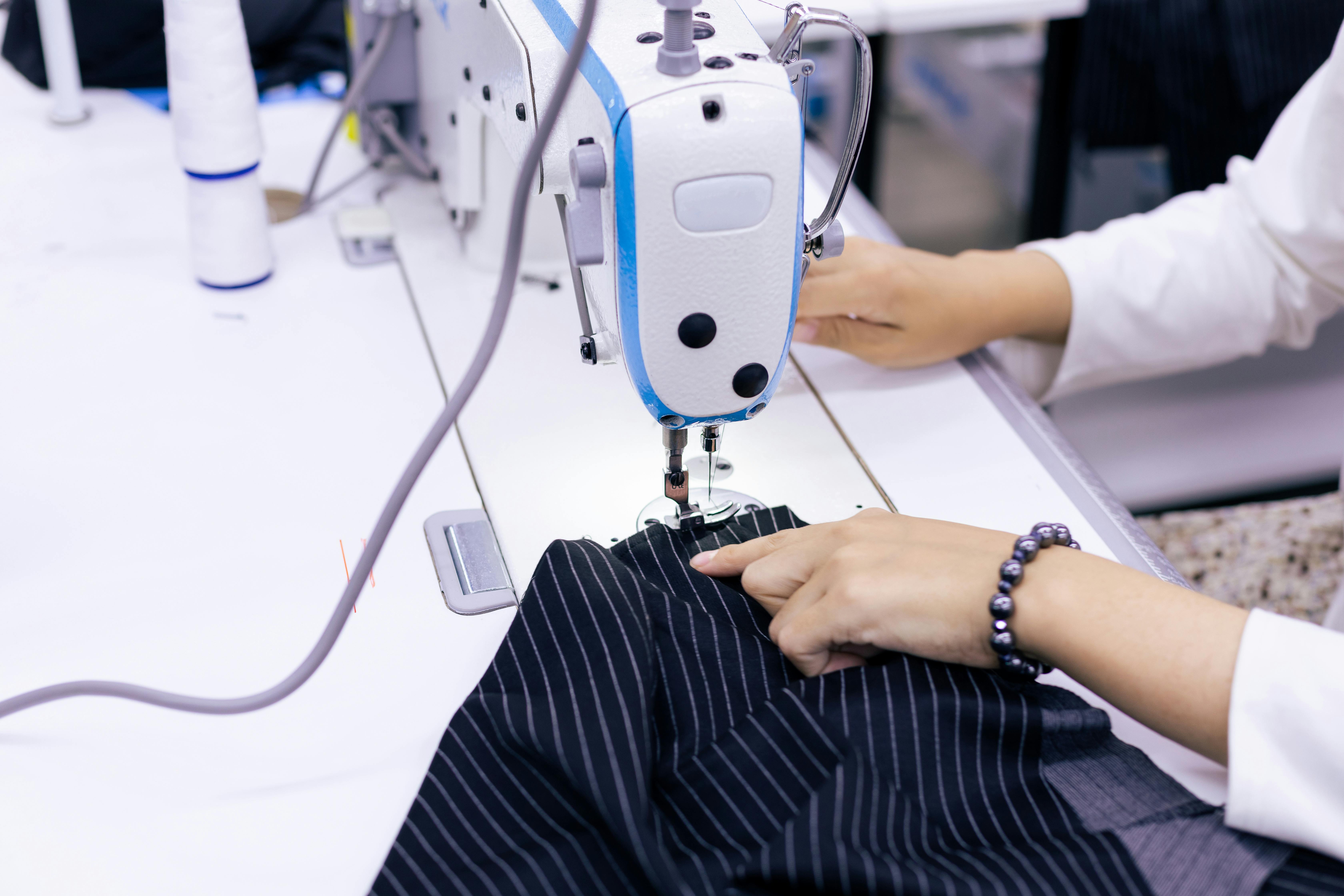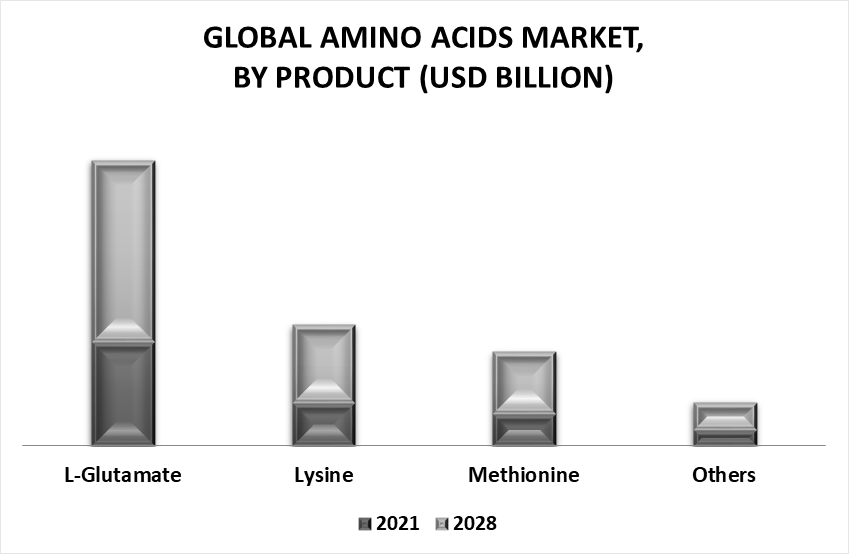However the nation was becoming extra affluent and customers were prepared to pay slightly extra for his or her favorite seasoning, so between 1964 and 1970 the main makers (Kikkoman, Yamasa, Higeta) all stopped utilizing HVP and returned to creating fermented shoyu, although typically 85% of the soybeans were defatted. For 5-10 years after the war, little fermented shoyu was made in Japan; its production reached a low in 1949, with most being semichemical or chemical. Endogenous retroviruses could also be present in hybridomas used for monoclonal antibody production. It is fascinating to note that presently and as much as the current in America, the most widely used soy sauce was nonfermented HVP soy sauce, the poorest grade in Japan, which could be discontinued altogether there in the 1970s. By 1964 solely 0.2% of all Japanese shoyu was exported, however the amount was increasing. In 1949 the Japanese authorities withdrew its ban on exports of shoyu and in 1950 it eradicated wartime shoyu value controls and disbanded its Public Distribution Corporation.
 Research additionally advanced quickly after 1960, the preferred topics being shoyu microorganisms and taste compounds, plus the eternal theme of how to supply a better product, quicker, with greater nitrogen restoration, at a lower worth (Yokotsuka, 1960, 1964, 1981). Much work was done on the three key however troublesome shoyu processes: culturing the mold, stirring the koji mass, and heat remedy/pasteurization. With the departure of Miss Appleton and the American-led occupation forces, some shoyu makers returned to their conventional strategies, but most (each massive and small) continued to make use of defatted soybeans and the chemical hydrolysis methods, plus the fast-heated fermentation. In 1945 she issued an order that each one of Japan’s 8,000 shoyu makers should do as she said or forego their quota of soybeans. A great-high quality fermented shoyu is not going to have any white yeast films on its floor because it inherently contains pure preservatives, which are yeast static compounds (Yokotsuka 1960). The first broadly used preservative was butyl-p-hydroxy benzoate (BPHB); in exports, benzoic acid was typically used since some countries did not allow the BPHB.
Research additionally advanced quickly after 1960, the preferred topics being shoyu microorganisms and taste compounds, plus the eternal theme of how to supply a better product, quicker, with greater nitrogen restoration, at a lower worth (Yokotsuka, 1960, 1964, 1981). Much work was done on the three key however troublesome shoyu processes: culturing the mold, stirring the koji mass, and heat remedy/pasteurization. With the departure of Miss Appleton and the American-led occupation forces, some shoyu makers returned to their conventional strategies, but most (each massive and small) continued to make use of defatted soybeans and the chemical hydrolysis methods, plus the fast-heated fermentation. In 1945 she issued an order that each one of Japan’s 8,000 shoyu makers should do as she said or forego their quota of soybeans. A great-high quality fermented shoyu is not going to have any white yeast films on its floor because it inherently contains pure preservatives, which are yeast static compounds (Yokotsuka 1960). The first broadly used preservative was butyl-p-hydroxy benzoate (BPHB); in exports, benzoic acid was typically used since some countries did not allow the BPHB.
Next giant amounts of koji, made from wheat bran and flour, were added and the mixture was fermented with osmophilic yeasts for 1-three months. Equal elements of soybeans and wheat were mixed with 20% hydrochloric acid, then after a number of hours the liquid was filtered off, neutralized with sodium hydroxide, blended with caramel coloring, corn syrup, salt, and water, then pasteurized, bottled and offered. Liquid elements may embrace water, meat broth, or blood.Salt, preservatives, stabilizers, and gelling brokers are sometimes crucial. High levels of lactate are associated with painful muscles. Since the Food and Drug Administration’s (FDA) Food Allergen Labeling and Consumer Protection Act of 2004 ruling that mandates labeling of frequent meals allergens, some corporations have gotten more clear in regards to the sources of a lot of their ingredients. The smaller shoyu corporations generally made and marketed their shoyu to go well with native or regional tastes. Shoyu makers needed to rely totally on imported American soybeans allotted by Miss Appleton. An estimated 80% of all shoyu makers used some HVP. The producers objected and, luckily, in 1948 Noda Shoyu Co. announced the event of their patented New-fashion Shoyu No. 2 (Shinshiki Nigo Shoyu), which they once more agreed to share with all makers free of cost.
Some large firms, similar to Marukin, captured a large share of the market in these lean postwar years by producing giant quantities of chemical or semichemical soy sauce. For more insights on the market share of assorted regions Request PDF Sample now! This transfer would improve their skill to supply discipline-proven and progressive animal nutrition options, strengthening their market position. Besides the truth that the raw supplies used to make these free-type amino acids manufacturer for pharmaceuticals acids is so far more sustainable than human or animal pores and skin/hair/feathers, the method can be much gentler, as a result of the cruel chemicals used to deal with skin-associated keratin aren’t used. They also play an necessary position within the biochemical and metabolic processes in animal cells. Examples of cytopathic effects embrace cell rounding and clumping, fusion of cell membranes, enlargement or elongation of cells, or lysis of cells. As part of the applying document, manufacturers will submit an outline of all tests carried out to characterize and qualify a cell bank. Most manufacturers tried to upgrade the standard of their shoyu and to modernize their gear, yet many small- and medium-sized companies, lacking capital for modernization and labor for koji-making, continued to make HVP soy sauce as they struggled to compete with the massive nationally-oriented firms.

